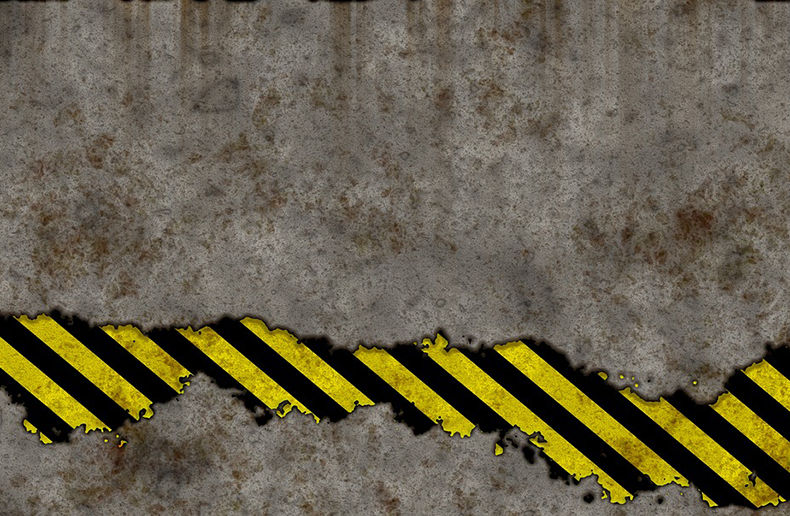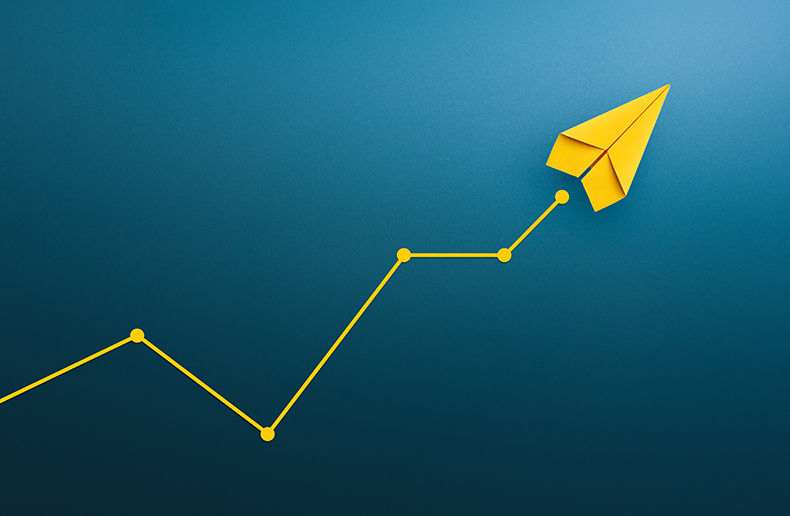Manulife Investment Management published its most recent Global Intelligence report, research from the firm’s public and private asset class investment teams. Titled Historic Headwinds, the report examines rising existential risks affecting global investment considerations.
“Financial markets are facing a confluence of headwinds this year not seen in a generation,” says Manulife Investment Management’s CEO, Paul Lorentz.
A series of five reports, the research examines environmental, social and governance (ESG) risks, including economic and sociopolitical dislocation in Europe triggered by Russia’s invasion of Ukraine. It looks at carbon credit use and timberland investments and provides a report outlining 10 implications of food price inflation for economies around the world. “The article makes the case for why food security must be recognized as a major investment risk with far-reaching economic, social and geopolitical implications,” they write.
Separate articles also look at United States regional banks and Asia’s gender pension disparities.
In looking at the implications of food price inflation, Manulife writes: “We’ve always argued that global markets had underpriced the likelihood of a further spike in food price inflation.”
The firm adds that it expects to see growing calls to address chronic hunger through structural reforms of economies and institutions, “including the redistribution of wealth and power economy,” they write.
They add that economies most exposed to food shortages will likely step-up efforts to secure access, as well, potentially intensifying geopolitical tensions. Emerging markets are likely to be more vulnerable. The report states that as of August this year, on average annual food price inflation has risen by 10.2 per cent across developed markets and by 14.2 per cent across emerging markets.
A worsening global food crisis
“Against a macro backdrop characterized by an extended period of below-trend global GDP growth and rising interest rates, the economic implications of a worsening global food crisis couldn’t have come at a worse time,” they add.
The report continues, saying the surge in food prices also isn’t temporary, as energy and fertilizer prices have been rising steadily since December 2020. In Europe, as an example, the firm says natural gas prices jumped more than 10 times between December 2020 and August 2022 while the cost of phosphate rock used in the manufacturing of fertilizers nearly tripled.
Russia’s invasion of Ukraine
Factors affecting the surge in food prices include adverse weather, remaining pandemic impacts on supply chains, energy price inflation and Russia’s invasion of Ukraine and its direct impact on agriculture and energy prices, thanks to the destruction of productive capacity and restrictions on trade. Speculation in the commodity futures market and hoarding, they say, are also contributing to excess price surges.
The implications and risks listed by Manulife include a squeeze on income and discretionary spending, resource nationalism and self-reinforcing cycles. The report also looks at fiscal accounts and policy implications in depth.




